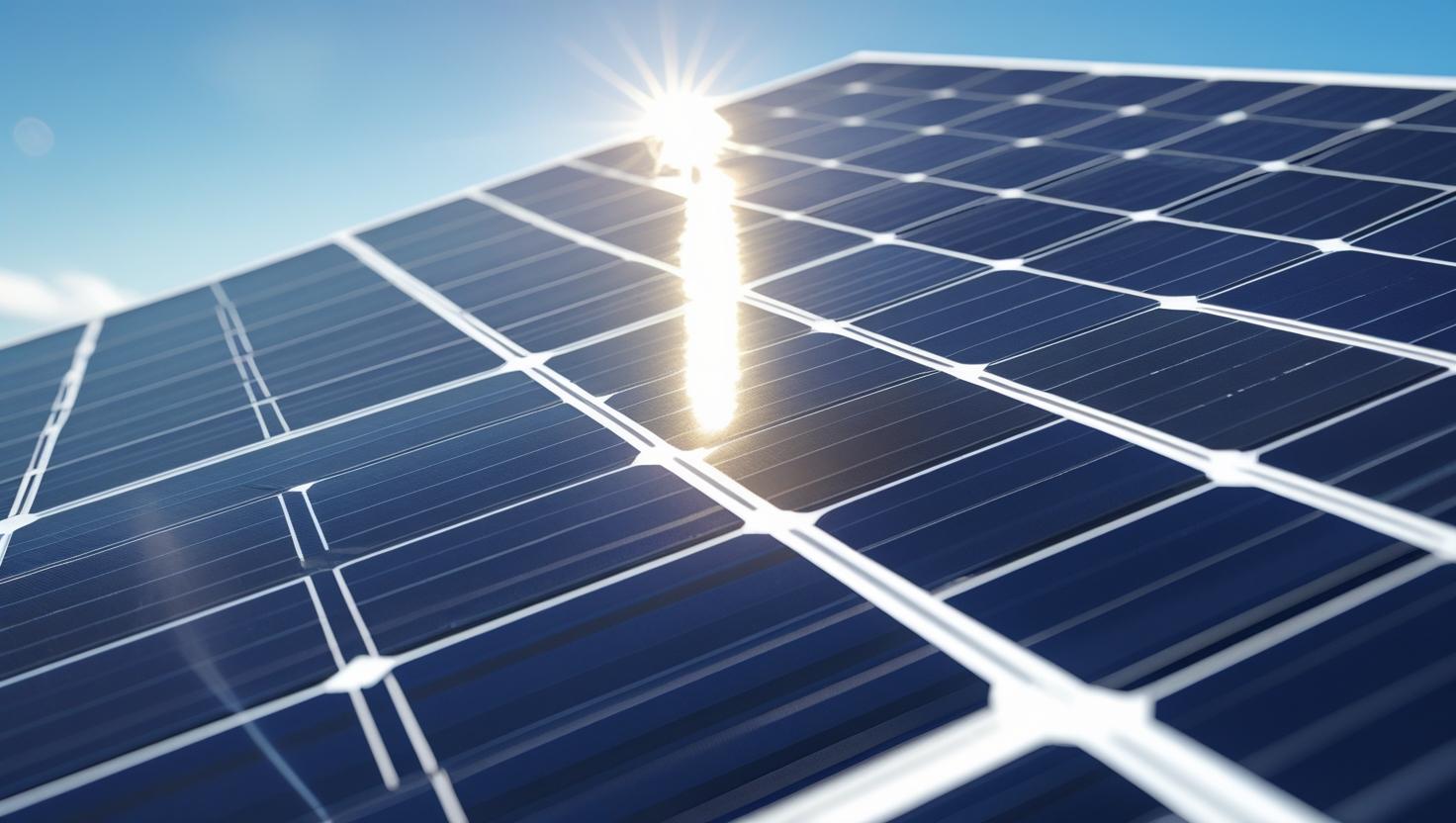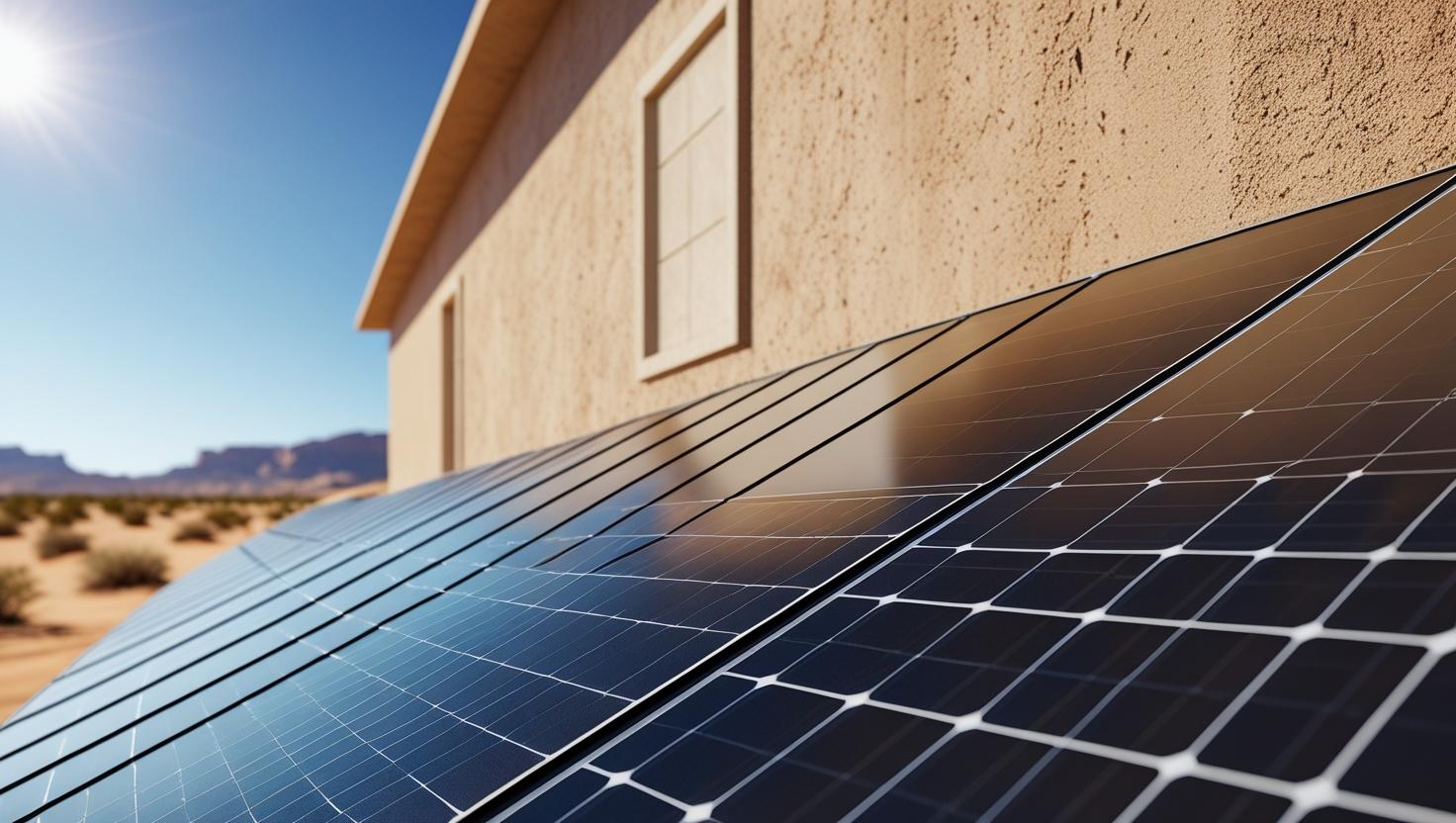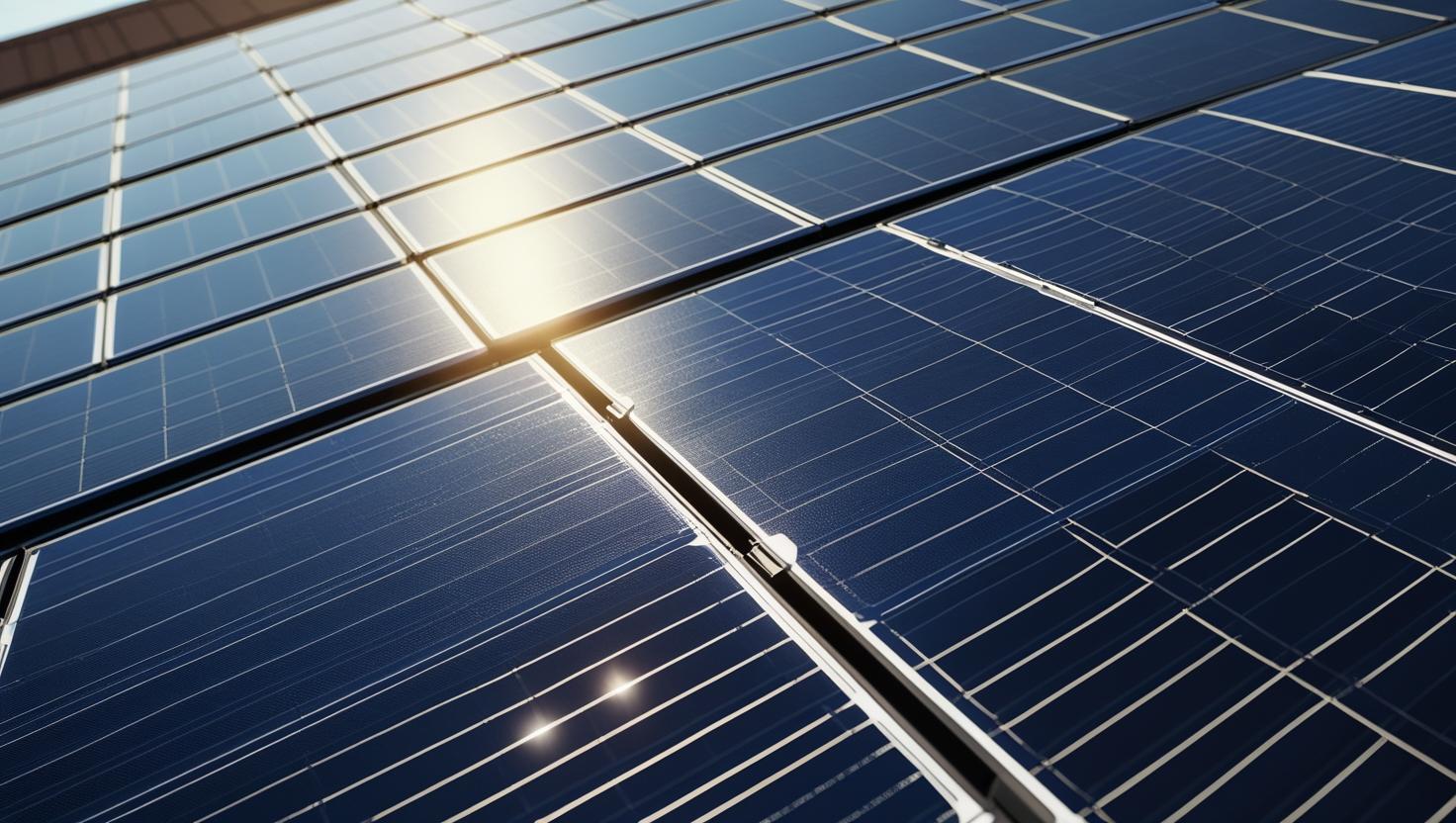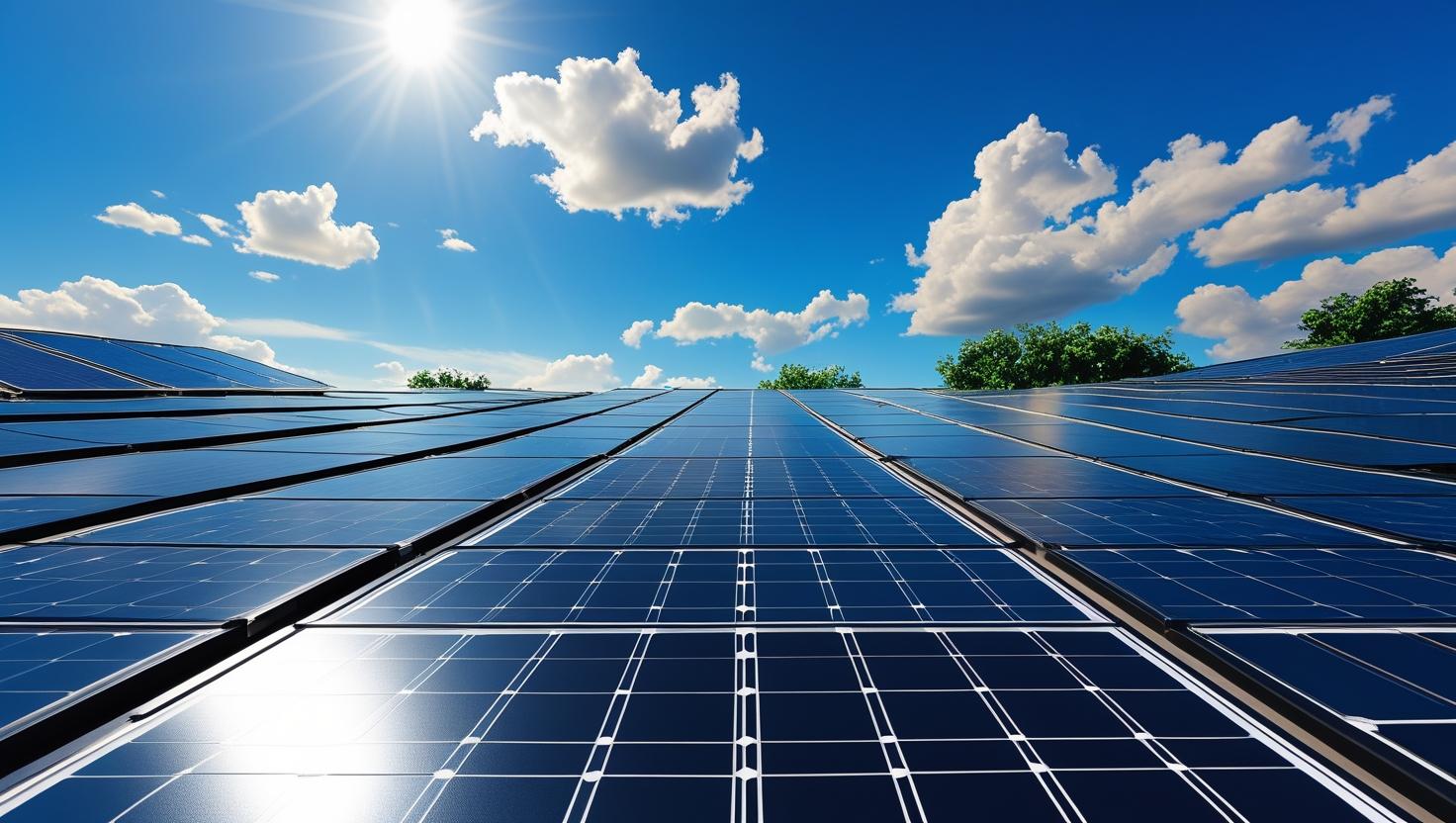
Are Poly Solar Panels Still Worth It? A Smart Buyer's Guide
When searching for the “top solar panel,” most buyers immediately assume they need the highest efficiency or latest monocrystalline tech. But in many real-world use cases—particularly for large-scale, budget-sensitive, or high-temperature environments—poly solar panelsstill offer unmatched value and reliability.
At thlinksolar, we believe the top panel isn’t always the flashiest—it’s the one that best fits your project’s goals, budget, and site conditions.
Why Some Buyers Regret Overpaying for Monocrystalline Panels
Customer pain point:“I spent more on mono panels but didn't see a huge performance boost.”
Monocrystalline panels do offer higher efficiency, but the marginal gains may not always justify the price—especially in:
-
Hot, sunny regions (poly panels often handle heat better)
-
Large, open spaces where area is not a constraint
-
Budget-sensitive projects where ROI matters more than raw output per m²
If your project isn’t roof-space limited and you’re operating in a warm climate, poly panels might offer better long-term value, especially when combined with reliable inverters and correct system sizing.
What Makes a Solar Panel “Top” Ranked?
Instead of asking “which is the newest,” a smarter approach is to ask:
-
What are the project priorities? (cost vs. space vs. ROI vs. maintenance)
-
What certifications and warranties are in place?
-
How does the supplier perform in long-term support and customization?
At thlinksolar, our poly solar panels:
-
Offer 16–18% conversion efficiency
-
Come with TUV, CE, and ISO certifications
-
Are backed by 25-year performance warranties
-
Are engineered for high-heat and corrosion-prone climates
We’ve delivered poly panels for school rooftops in Kenya, warehouse installations in Southeast Asia, and rural electrification projects in Latin America—all with high customer satisfaction and stable output.
Lower Cost Doesn’t Mean Lower Quality
One of the biggest misconceptions is that “poly = outdated or low-end.” In reality, polycrystalline technology is mature, widely tested, and easier to produce in high volumes—resulting in more predictable performance and consistent supply chains.
For buyers managing:
-
NGO-funded installations
-
Government procurement contracts
-
Remote telecom or agri-power systems
Poly panels strike the ideal balance betweenaffordability and durability.
How to Evaluate Your Solar Panel Choices
Here’s a simplified checklist when comparing panel types:
| Feature | Monocrystalline | Polycrystalline |
|---|---|---|
| Efficiency | 19–22% | 16–18% |
| Cost per watt | Higher | Lower |
| Temperature tolerance | Slightly lower | Often more stable in heat |
| Appearance | Uniform black | Speckled blue |
| Best for | Space-constrained roofs | Large-scale open installs |
If your project is in a region withlow labor costs but high sun availability, poly panels may produce similar annual yield at a much lower capital cost.
Poly Panels from a Top Supplier Make the Difference
Ultimately, even the best technology fails if your supplier lacks consistency or quality assurance. That’s why thlinksolar backs every shipment of poly panels with:
-
Custom BOM options (frame color, junction box, glass types)
-
Pre-shipment testing reports and 3rd-party verification
-
Strong packaging for long-distance transport
-
Flexible container loading for mixed orders (inverter + panel + battery)
We help EPCs, resellers, and project owners select the right balance ofperformance, durability, and pricing—not just chase specs.
Make the Smart Choice for Your Solar Investment
Choosing the top solar panel isn’t about marketing claims—it’s about fit. Poly solar panels from thlinksolar continue to outperform expectations in real-world settings, from factories to farms.
To learn more about our poly solar panel range or request a detailed quote, visit ourhomepageorcontact ushere. Let’s build a smarter solar future—together.



